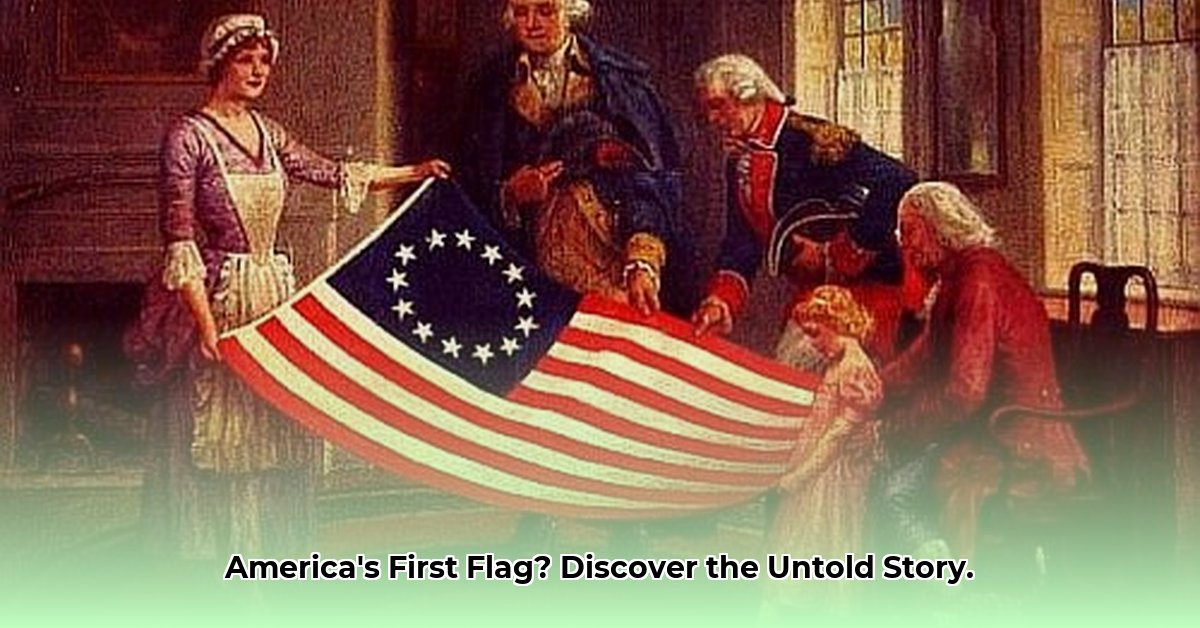The America First flag, unlike the universally recognized Stars and Stripes, navigates a turbulent and contested terrain within American history. While the Stars and Stripes evolved organically alongside the nation’s birth and development, the America First flag remains inextricably linked to specific political ideologies, most prominently the America First Committee of the pre-World War II period. This organization, advocating for American non-interventionism in the looming global conflict, prioritized national interests over international involvement. This stance ignited a crucial debate that continues to resonate today: how did this philosophy of isolationism shape the creation, evolution, and diverse interpretations of the America First flag? For comparison, consider the symbolism of other powerful flags, such as the Red Cross flag.
Deconstructing the Symbolism: A Flag of Many Meanings
Unlike the standardized design and symbolism of the official American flag, the America First flag exists in a state of visual and ideological flux. Its lack of a fixed design contributes to its susceptibility to a wide range of interpretations, often reflecting the specific agendas of the groups that adopt it. While the Stars and Stripes embody a unified national identity, the America First flag frequently serves as a rallying point for nationalist and isolationist sentiments, mirroring the core tenets of the original America First Committee. This inherent ambiguity fuels ongoing debates about its true meaning, especially given its resurgence in modern political discourse. The flag’s imagery, often incorporating variations of the American flag or patriotic motifs, adds further layers of complexity to its interpretation. Is it a symbol of patriotism, a rejection of globalism, or something else entirely? Understanding these varied perspectives is key to unraveling the flag’s complex and often contradictory symbolism.
A Post-War Paradox: From National Unity to Ideological Divisions
The aftermath of World War II ushered in a transformative period for American identity. National pride soared as the United States emerged as a global superpower. Simultaneously, anxieties about the burgeoning Cold War and the perceived threat of communism fostered an atmosphere of national insecurity. This complex sociopolitical environment profoundly impacted the perception and utilization of the America First flag. While the traditional American flag became a potent symbol of national unity and resilience, the America First flag represented a divergent narrative, one focused on internal priorities and a more cautious approach to international relations. This divergence created a symbolic rift, reflecting the nation’s internal struggle between internationalism and a more inward-looking nationalism. The America First flag became increasingly associated with a range of political movements, each imbuing it with their own distinct interpretations. This fragmented understanding of the flag’s symbolism further solidified its contested status within American culture.
A Tool of Persuasion: The America First Flag and Propaganda
Flags, by their very nature, wield immense symbolic power. They evoke powerful emotions, galvanize support for political and social movements, and, unfortunately, can be manipulated as instruments of propaganda. The America First flag, throughout its history, has been employed in precisely this context. The America First Committee strategically utilized the flag and its accompanying slogan to disseminate their non-interventionist message in the years leading up to World War II. This campaign raises critical questions about the effectiveness of such symbolic manipulation in influencing public opinion. To fully grasp the flag’s intricate symbolism requires a thorough examination of its various uses throughout history, recognizing the motivations and methodologies of the diverse groups that have adopted it. Furthermore, the America First flag’s connection to propaganda sparks crucial ethical concerns about the responsible use of symbols and the potential repercussions of nationalist rhetoric. By critically analyzing these historical precedents, we can better equip ourselves to identify and resist similar manipulations in the present day. Understanding the historical context of the America First flag’s use in propaganda is crucial for navigating the complexities of contemporary political discourse, especially in an era characterized by the rapid spread of information and misinformation. This understanding allows us to critically evaluate the messages conveyed through symbols and to resist manipulative tactics that exploit nationalistic sentiments.
- Jesus Bible: Discover Jesus’s Story Throughout Scripture - April 27, 2025
- Don Luis: Unraveling the 16th-Century Virginia Mystery - April 27, 2025
- Captain J’s Kauai Tours: Unforgettable Na Pali Coast Adventures - April 27, 2025
















